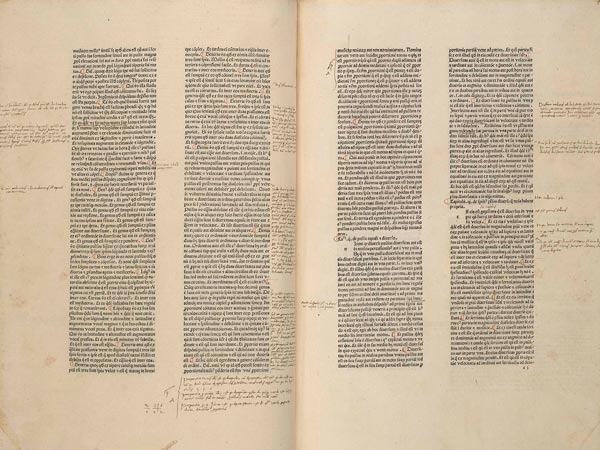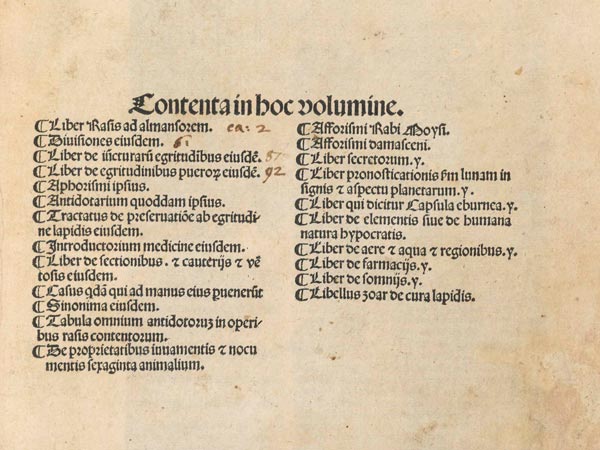Abū Bakr Muḥammad ibn Zakarīyā al-Rāzī (865–925), Latinized as Rhazes, was born in the Iranian city of Rayy, near Tehran. His most influential work was a fairly small medical textbook, which he dedicated to the governor of Rayy: Book of Medicine Dedicated to Manṣūr. It was translated into Latin in Toledo by Gerard of Cremona (d. 1187) and was known as Liber ad Almansorem.
The most influential medical treatise written in Arabic was the Canon of Medicine (al-Qānūn fī al-ṭibb) by Ibn Sīnā (ca. 980–1037), Latinized as Avicenna. He was born in the province of Balkh (northern Afghanistan) and was educated at Bukhara (southern Uzbekistan). Although he wrote about numerous subjects, including astronomy, philosophy, and mathematics, he is best remembered by this great medical compendium. In the Latin translation by Gerard of Cremona, it became an essential part of the curriculum of European universities from the thirteenth century onward.
The relevance of Islamic medicine beyond the Middles Ages is well attested by the consistent printing of Gerald of Cremona’s Latin translations of the works of Rhazes and Avicenna in the fifteenth and sixteenth centuries. Particularly, Avicenna’s Canon was central in the curriculum of European universities, as it offered not only a comprehensive interpretation of Greek medicine, but also broad philosophical discussions based on readings of the works of Plato and Aristotle. However, humanist scholars began questioning the accuracy of these translations, suggesting the need to return to the original Greek sources. For instance, Giovanni Manardo, a professor at Ferrara, strongly criticized the Canon of Avicenna, which he described as a chaos of obscurities in his treatise Galeni doctrina et Arabum censura celeberrimi et optime meriti epistolarum medicinalium (Basel, 1540).



